IMPORTANT NOTICE!
Title Page
Corrections, 1996
Introduction
Participants
CONTENTS
Revisions to ISO/IEC 8802-3 : 1993
1.3 References
1.4 Definitions
2. MAC service specification
4. Media Acces Control
5. Layer management
14. Twisted-pair Medium Attachment Unit (MAU) and baseband medium, Type 10BASE-T
19. Layer management for 10 Mb/s baseband repeaters
20. Layer management for 10 Mb/s baseband Medium Attachment Units (MAUs)
Annex A—Additional reference material
Annex D—GDMO specifications for CSMA/CD managed objects
21. Introduction to 100 Mb/s baseband networks, type 100BASE-T
21.1 Overview
21.2 Abbreviations
21.3 References
21.4 Definitions
21.5 State diagrams
21.6 Protocol Implementation Conformance Statement (PICS) proforma
21.7 Relation of 100BASE-T to other standards
21.8 MAC delay constraints (exposed MII)
22. Reconciliation Sublayer (RS) and Media Independent Interface (MII)
22.1 Overview
22.2 Functional specifications
22.3 Signal timing characteristics
22.4 Electrical characteristics
22.5 Power supply
22.6 Mechanical characteristics
22.7 Protocol Implementation Conformance Statement (PICS) proforma for clause 22, Reconciliation ...
23. Physical Coding Sublayer (PCS), Physical Medium Attachment (PMA) sublayer and baseband medium...
23.6 Link segment characteristics
23.1 Overview
23.2 PCS functional specifications
23.3 PMA service interface
23.4 PMA functional specifications
23.5 PMA electrical specifications
23.7 MDI specification
23.8 System considerations
23.9 Environmental specifications
23.10 PHY labeling
23.11 Timing summary
23.12 Protocol Implementation Conformance Statement (PICS) proforma for clause 23, Physical Codin...
24. Physical Coding Sublayer (PCS) and Physical Medium Attachment (PMA) sublayer, type 100BASE�X
24.1 Overview
24.2 Physical Coding Sublayer (PCS)
24.3 Physical Medium Attachment (PMA) sublayer
24.4 Physical Medium Dependent (PMD) sublayer service interface
24.5 Compatibility considerations
24.6 Delay constraints
24.7 Environmental specifications
24.8 Protocol Implementation Conformance Statement (PICS) proforma for clause 24, Physical Coding...
25. Physical Medium Dependent (PMD) sublayer and baseband medium, type 100BASE�TX
25.1 Overview
25.2 Functional specifications
25.3 General exceptions
25.4 Specific requirements and exceptions
25.5 Protocol Implementation Conformance Statement (PICS) proforma for clause 25, Physical Medium...
26. Physical Medium Dependent (PMD) sublayer and baseband medium, type 100BASE�FX
26.1 Overview
26.2 Functional specifications
26.3 General exceptions
26.4 Specific requirements and exceptions
26.5 Protocol Implementation Conformance Statement (PICS) proforma for clause 26, Physical Medium...
27. Repeater for 100 Mb/s baseband networks
27.1 Overview
27.2 PMA interface messages
27.3 Repeater functional specifications
27.4 Repeater electrical specifications
27.5 Environmental specifications
27.6 Repeater labeling
27.7 Protocol Implementation Conformance Statement (PICS) proforma for clause 27, Repeater for 10...
28. Physical Layer link signaling for 10 Mb/s and 100 Mb/s Auto-Negotiation on twisted pair
28.1 Overview
28.2 Functional specifications
28.3 State diagrams and variable definitions
28.4 Electrical specifications
28.5 Protocol Implementation Conformance Statement (PICS) proforma for clause 28, Physical Layer ...
28.6 Auto-Negotiation expansion
29. System considerations for multi-segment 100BASE-T networks
29.1 Overview
29.2 Transmission System Model 1
29.3 Transmission System Model 2
30. Layer Management for 10 Mb/s and 100 Mb/s
30.1 Overview
30.2 Managed objects
30.3 Layer management for 10 Mb/s and 100 Mb/s DTEs
30.4 Layer management for 10 Mb/s and 100 Mb/s baseband repeaters
30.5 Layer management for 10 Mb/s and 100 Mb/s MAUs
30.6 Management for link Auto-Negotiation
Annexes
Annex 22A (informative) MII output delay, setup, and hold time budget
22A.1 System model
22A.2 Signal transmission path characteristics
22A.3 Budget calculation
Annex 22B (informative) MII driver ac characteristics
22B.1 Implications of CMOS ASIC processes
22B.2 Ro(min) and V, I values for operation from 5 V ±10% supply
22B.3 Ro(min) and V, I values for operation from 3.3 ± 0.3 V supply
Annex 22C (informative) Measurement techniques for MII signal timing characteristics
22C.1 Measuring timing characteristics of source terminated signals
22C.2 Measuring timing characteristics of transmit signals at the MII
22C.3 Measuring timing characteristics of receive signals at the MII
22C.4 Measuring timing characteristics of MDIO
Annex 23A (normative) 6T code words
Annex 23B (informative) Noise budget
Annex 23C (informative) Use of cabling systems with a nominal differential characteristic impedan...
Annex 27A (normative) Repeater delay consistency requirements
Annex 28A (normative) Selector Field definitions
Annex 28B (normative) IEEE 802.3 Selector Base Page definition
28B.1 Selector field value
28B.2 Technology Ability Field bit assignments
28B.3 Priority resolution
28B.4 Message Page transmission convention
Annex 28C (normative) Next Page Message Code Field definitions
28C.1 Message code #0—Auto-Negotiation reserved code 1
28C.2 Message code #1—Null Message code
28C.3 Message code #2—Technology Ability extension code 1
28C.4 Message code #3—Technology Ability extension code 2
28C.5 Message code #4—Remote fault number code
28C.6 Message code #5—Organizationally Unique Identifier (OUI) tag code
28C.7 Message code #6—PHY identifier tag code
28C.8 Message code #2047—Auto-Negotiation reserved code 2
Annex 29A (informative) DTE and repeater delay components
29A.1 DTE delay
29A.2 Repeater delay
Annex 29B (informative) Recommended topology documentation
Annex 30A (normative) GDMO specification for 802.3 managed object classes
30A.1 DTE MAC entity managed object class
30A.1.1 DTE MAC entity formal definition
30A.1.2 DTE MAC entity attributes
30A.1.3 DTE MAC entity actions
30A.2 DTE physical entity managed object class
30A.2.1 DTE physical entity formal definition
30A.2.2 DTE physical entity attributes
30A.2.3 DTE physical entity actions
30A.3 Repeater managed object class
30A.3.1 Repeater, formal definition
30A.3.2 Repeater attributes
30A.3.3 Repeater actions
30A.3.4 Repeater notifications
30A.4 Group managed object class
30A.4.1 Group, formal definition
30A.4.2 Group attributes
30A.4.3 Group notifications
30A.5 Repeater port managed object class
30A.5.1 Port, formal definition
30A.5.2 Port attributes
30A.5.3 Port actions
30A.6 MAU managed object class
30A.6.1 MAU, formal definition
30A.6.2 MAU attributes
30A.6.3 MAU actions
30A.6.4 MAU notifications
30A.7 AutoNegotiation managed object class
30A.7.1 AutoNegotiation, formal definition
30A.7.2 Auto-Negotiation attributes
30A.7.3 AutoNegotiation actions
30A.8 ResourceTypeID managed object class
30A.8.1 ResourceTypeID, formal definition
Annex 30B (normative) GDMO and ASN.1 definitions for management
30B.1 Common attributes template
30B.2 ASN.1 module for CSMA/CD managed objects
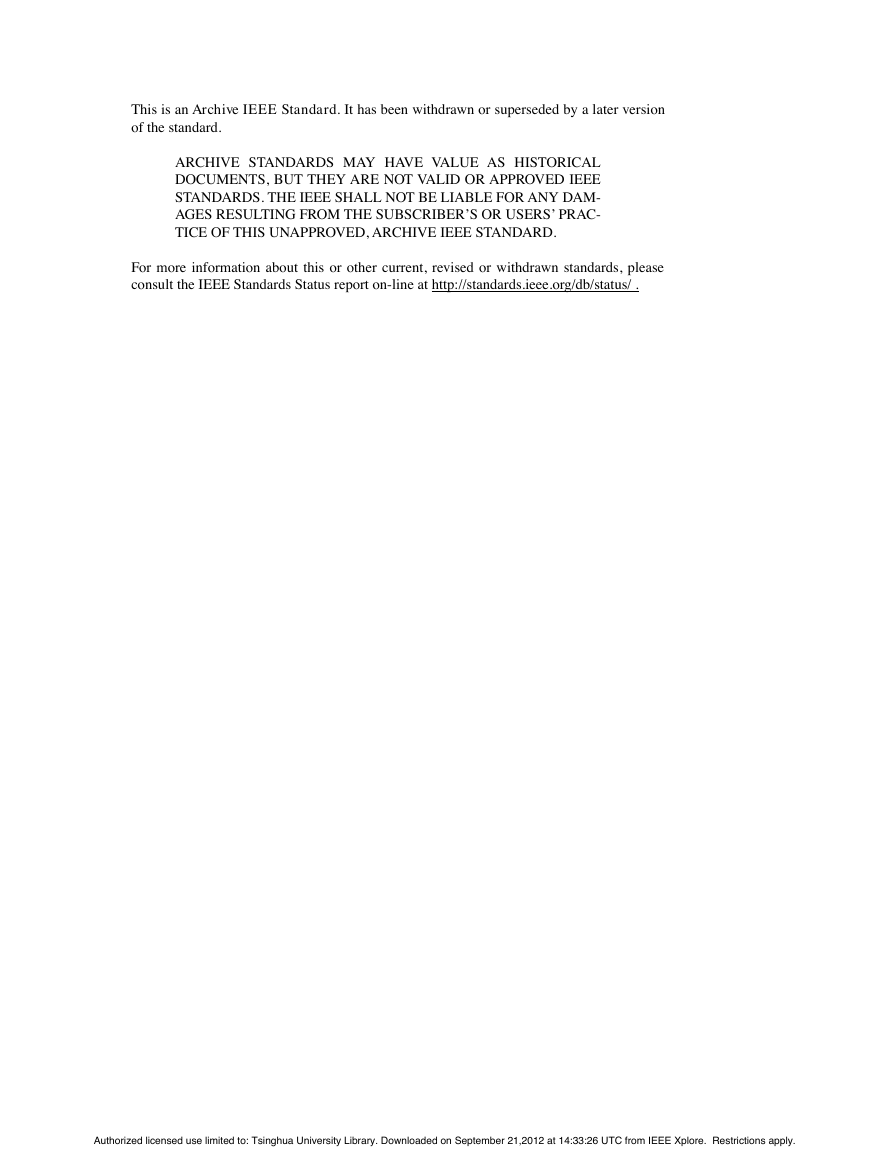
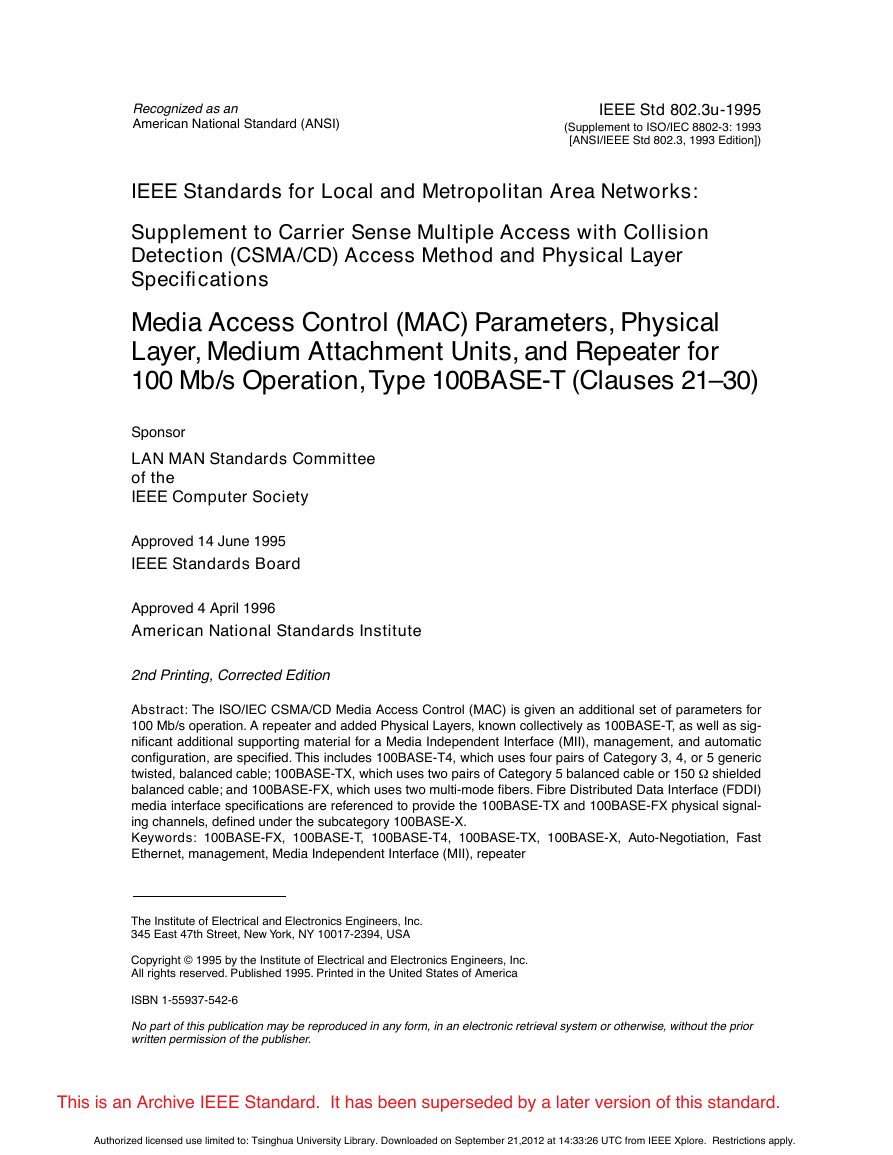
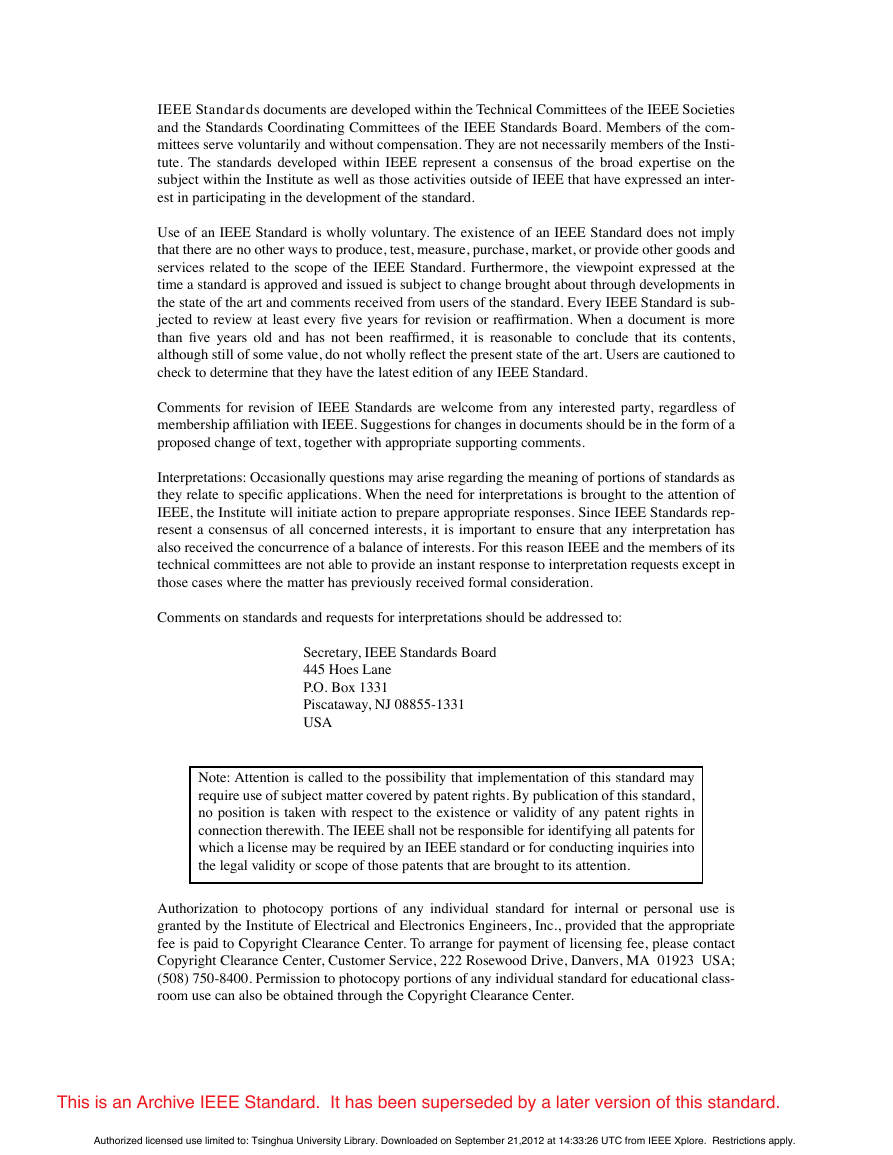

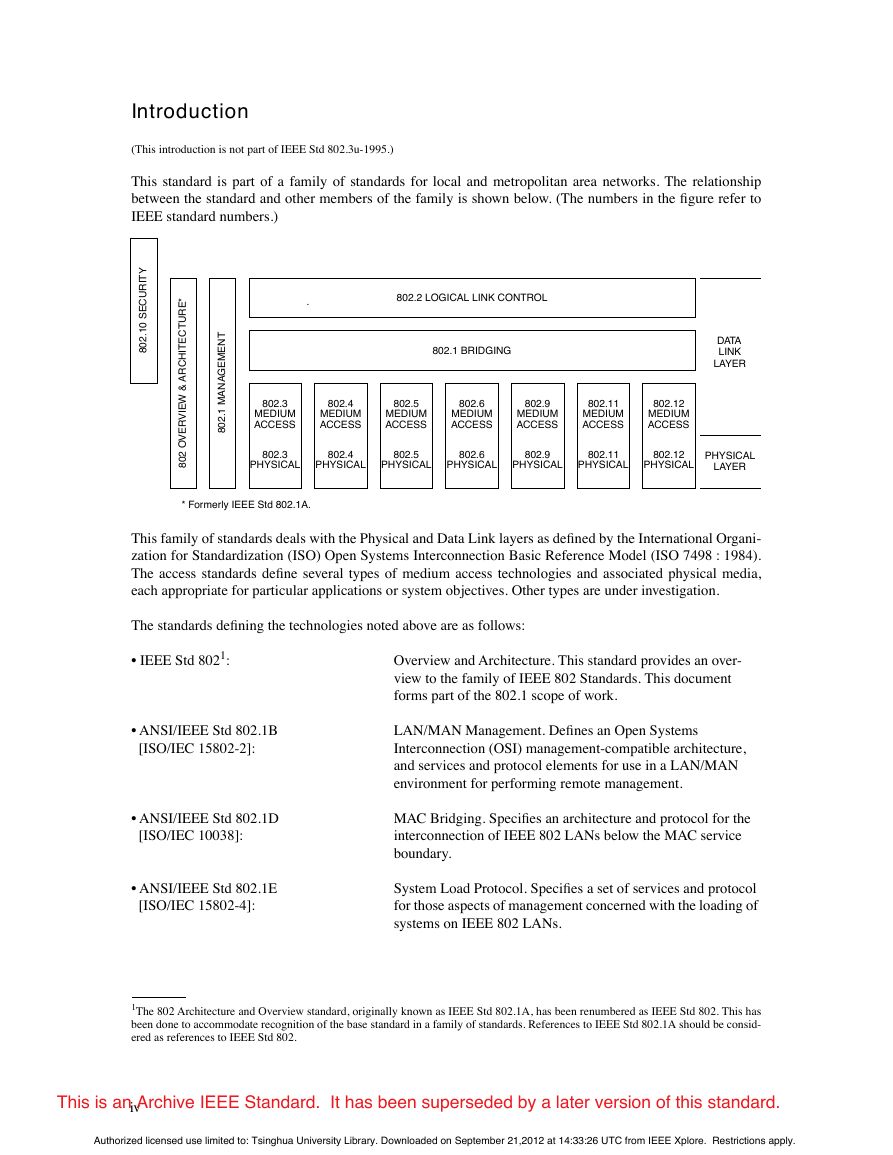
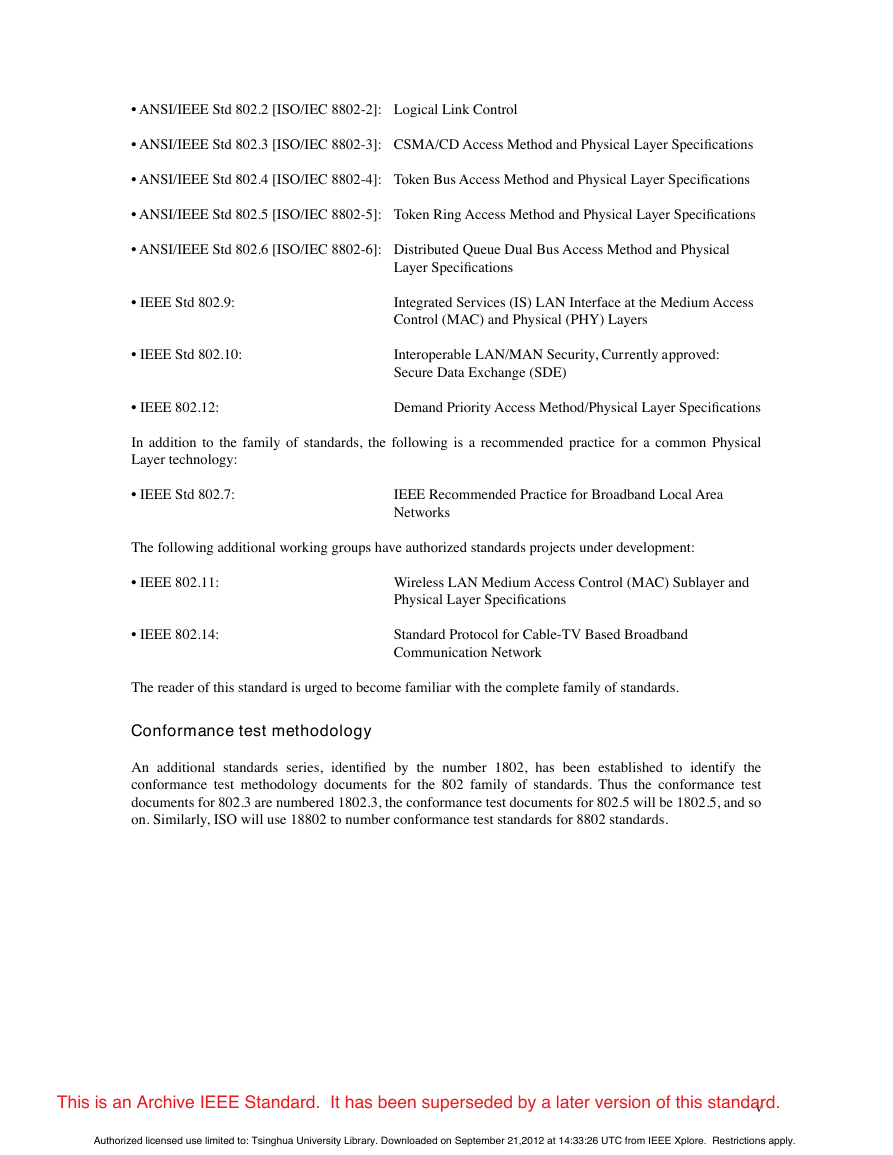

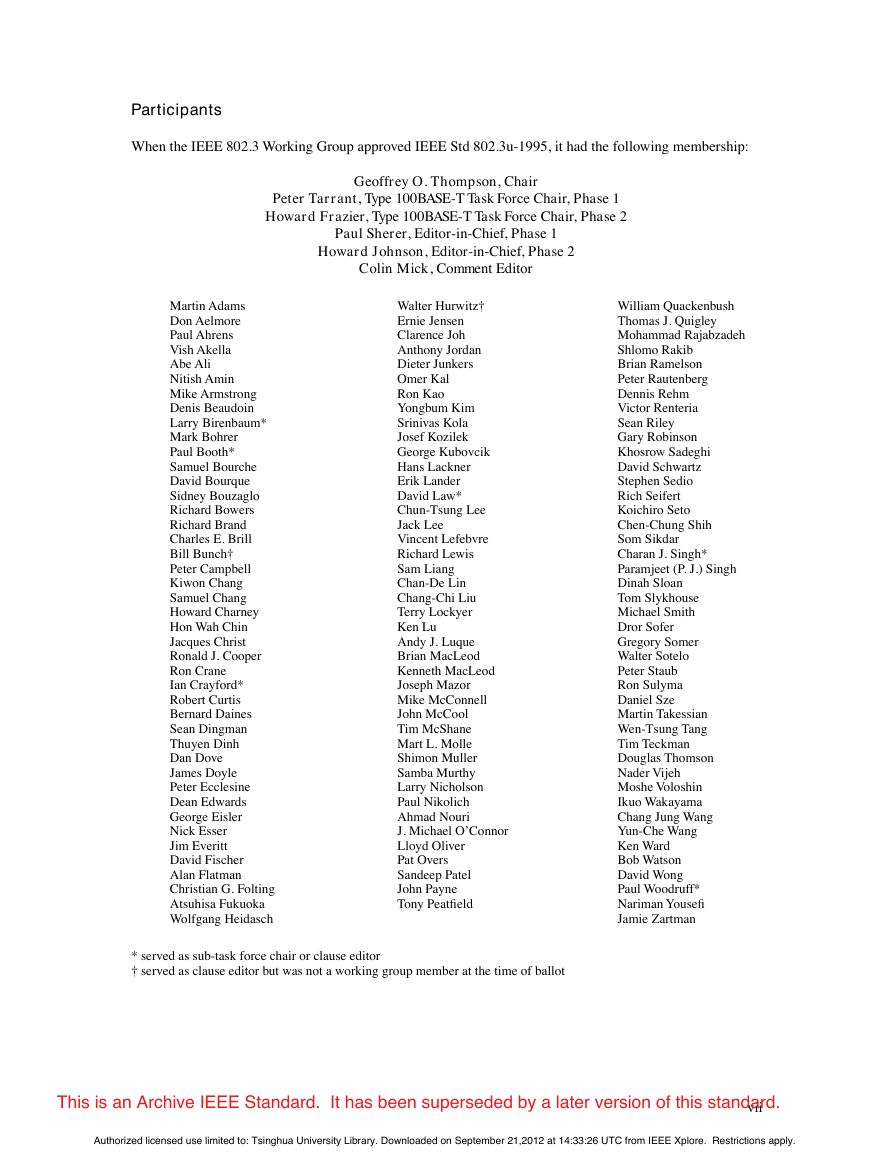








 2023年江西萍乡中考道德与法治真题及答案.doc
2023年江西萍乡中考道德与法治真题及答案.doc 2012年重庆南川中考生物真题及答案.doc
2012年重庆南川中考生物真题及答案.doc 2013年江西师范大学地理学综合及文艺理论基础考研真题.doc
2013年江西师范大学地理学综合及文艺理论基础考研真题.doc 2020年四川甘孜小升初语文真题及答案I卷.doc
2020年四川甘孜小升初语文真题及答案I卷.doc 2020年注册岩土工程师专业基础考试真题及答案.doc
2020年注册岩土工程师专业基础考试真题及答案.doc 2023-2024学年福建省厦门市九年级上学期数学月考试题及答案.doc
2023-2024学年福建省厦门市九年级上学期数学月考试题及答案.doc 2021-2022学年辽宁省沈阳市大东区九年级上学期语文期末试题及答案.doc
2021-2022学年辽宁省沈阳市大东区九年级上学期语文期末试题及答案.doc 2022-2023学年北京东城区初三第一学期物理期末试卷及答案.doc
2022-2023学年北京东城区初三第一学期物理期末试卷及答案.doc 2018上半年江西教师资格初中地理学科知识与教学能力真题及答案.doc
2018上半年江西教师资格初中地理学科知识与教学能力真题及答案.doc 2012年河北国家公务员申论考试真题及答案-省级.doc
2012年河北国家公务员申论考试真题及答案-省级.doc 2020-2021学年江苏省扬州市江都区邵樊片九年级上学期数学第一次质量检测试题及答案.doc
2020-2021学年江苏省扬州市江都区邵樊片九年级上学期数学第一次质量检测试题及答案.doc 2022下半年黑龙江教师资格证中学综合素质真题及答案.doc
2022下半年黑龙江教师资格证中学综合素质真题及答案.doc